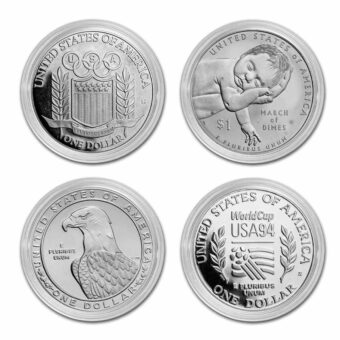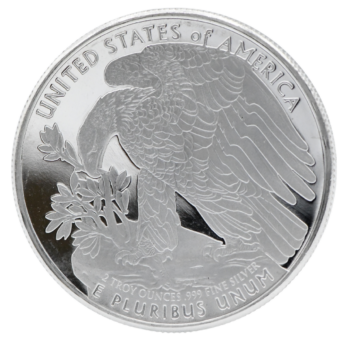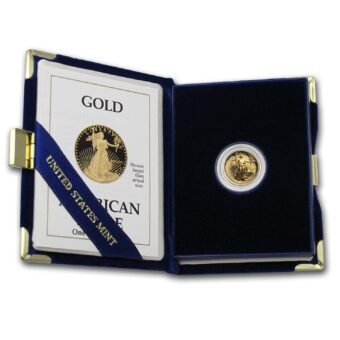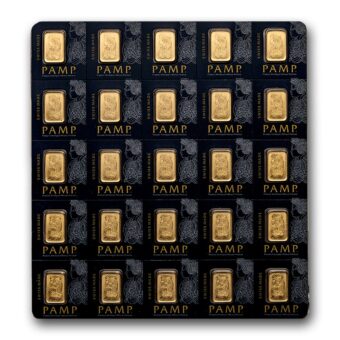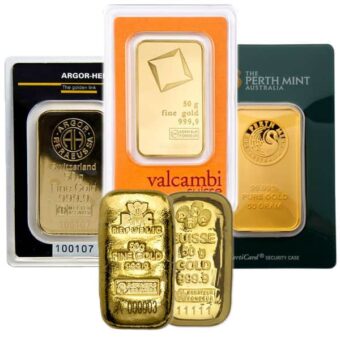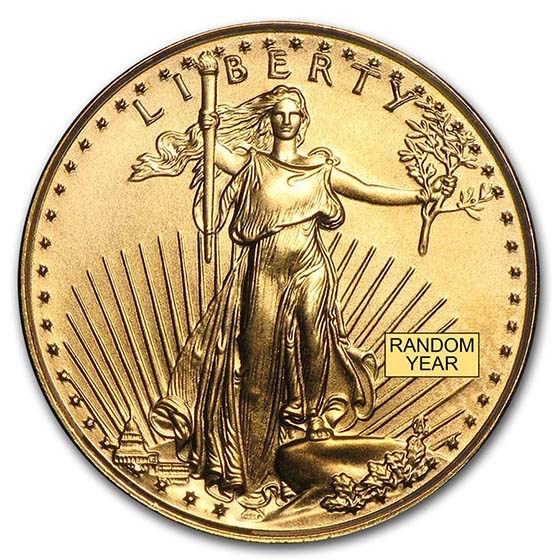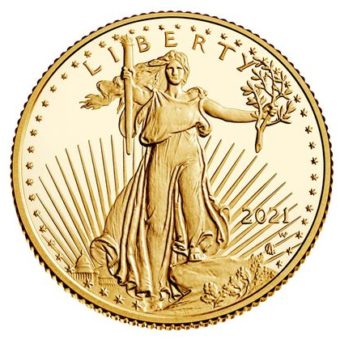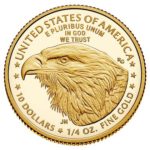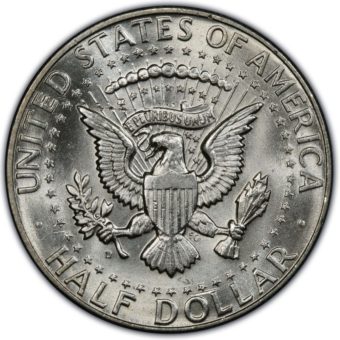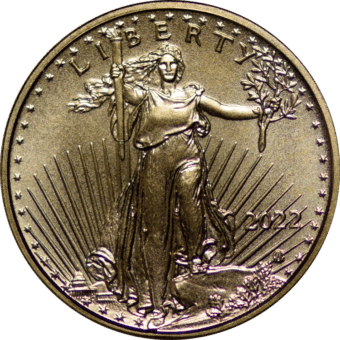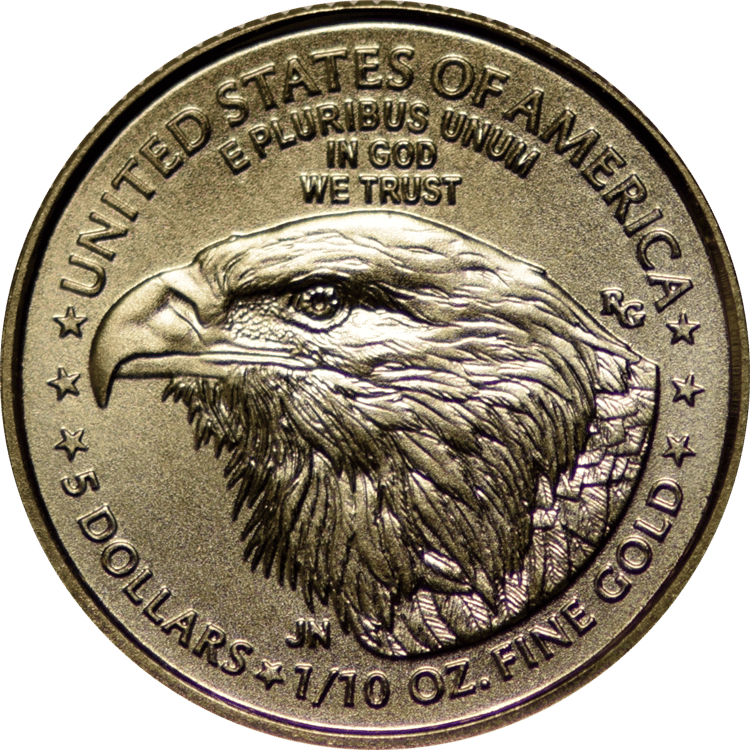In a world where policy shifts can ripple across economies overnight, understanding how trade dynamics and economic data influence tangible wealth is essential. This week, gold and silver navigated a landscape shaped by escalating tariff measures and resilient labor market figures, highlighting the continued relevance of precious metals in uncertain conditions.
Monday – 7.07.25
Gold and silver prices were slightly lower during midday U.S. trading Monday, recovering from earlier declines as a renewed appetite for risk—bolstered by last week’s record-setting U.S. stock indexes—limited safe-haven demand. August gold settled down $8.30 to $3,334.90, while September silver eased $0.224 to $36.86. The BRICS summit in Rio began, drawing attention after President Trump cautioned that countries supporting BRICS economic initiatives could encounter further trade penalties. This development remains closely watched by metals markets due to its potential influence on global pricing trends.
Tuesday – 7.08.25
Gold and silver eased further in quiet Tuesday trading as short-term participants unwound positions in thin summer conditions. August gold retreated $34.50 to $3,308.10, while September silver slipped $0.299 to $36.605. Sentiment shifted after President Trump expanded tariff policies to include Japan and South Korea and issued additional letters warning of 25–40% duties. The extension of the trade agreement deadline to August 1 added another layer of uncertainty, prompting recalibration in precious metals markets.
Wednesday – 7.09.25
Gold prices remained relatively unchanged midweek, while silver edged slightly lower as calmer markets limited defensive buying. August gold gained $1.00 to $3,317.90, and September silver moved down $0.219 to $36.535. The release of the Federal Reserve’s meeting minutes offered few surprises, with policymakers expecting rate reductions later this year but maintaining caution around inflation risks tied to trade policies.
Thursday – 7.10.25
Gold firmed and silver advanced on Thursday as cautious sentiment resurfaced in response to fresh tariff escalations. August gold climbed $7.10 to $3,328.00, while September silver rose $0.67 to $37.29. The administration’s proposal to impose a 50% tariff on all copper imports and potential levies on Brazilian goods tempered optimism. U.S. equities traded mixed, the dollar index posted modest gains, crude oil declined to around $66.75 per barrel, and the 10-year Treasury yield held near 4.37%.
Friday – 7.11.25
Gold and silver surged in early U.S. trading Friday, with silver achieving a 13-year high, as heightened caution fueled safe-haven interest. August gold advanced $33.60 to $3,359.30, and September silver rallied $1.03 to $38.335. Persistent trade uncertainty, rising geopolitical tensions with Russia, and regional instability in the Middle East all contributed to a more defensive tone in markets.
Gold Prices Move Toward Highs as U.S. Jobless Claims Decline to 227,000
Strong labor data offsets but does not eliminate underlying caution.
The Big Picture
Gold prices edged higher Thursday as new figures revealed fewer Americans filing for unemployment benefits than anticipated, highlighting continued strength in the labor market. Although initial reactions weighed on precious metals due to prospects of a firmer dollar and higher yields, gold regained ground as market participants weighed mixed economic signals.
Analysts observed that while robust employment can limit gold’s near-term upside by supporting traditional assets, persistent inflation pressures and geopolitical developments continue to sustain demand for physical holdings.
What’s Happening
The Labor Department reported that initial jobless claims reached 227,000 for the week ending July 5, better than forecasts. The prior week’s total was revised slightly lower to 232,000. The four-week moving average also improved to 235,500, while continuing claims came in at 1.965 million.
Spot gold rose after the 8:30 am release, last quoted at $3,323.10 per ounce. Despite the rebound, gold remained slightly softer on the session.
By the Numbers
- Initial jobless claims: 227,000 (235,000 expected)
- Revised prior week: 232,000
- Four-week average: 235,500 (243,000 expected)
- Continuing claims: 1.965 million (1.980 million expected)
- Spot gold: $3,323.10 per ounce
- Session change: –0.29%
Why It Matters
Solid labor trends can encourage the Federal Reserve to maintain tighter policy, tempering near-term enthusiasm for metals. However, gold’s resilience underscores the continued role of physical assets in balancing portfolios amid complex conditions.
The Bottom Line
Gold’s movement toward session highs, despite stronger jobless claims, highlights a nuanced market environment where employment data and inflation concerns compete to shape sentiment.
Silver Demand Accelerates as 2025 ETF Inflows Outpace 2024 Totals
Persistent interest in silver drives holdings to record value.
The Big Picture
Silver holdings expanded rapidly in the first half of 2025 as geopolitical uncertainty and inflation concerns encouraged broader participation. The Silver Institute reported that silver ETFs accumulated 95 million ounces through June—already surpassing last year’s total inflows.
With silver prices advancing 25% year-to-date, closely tracking gold’s 26% rise, the metal has reasserted itself as a preferred asset among market participants seeking diversification and perceived value.
What’s Happening
ETF inflows accelerated notably in June, accompanied by a 163% rise in futures positions versus late 2024. The Silver Institute credited much of the growth to expectations for sustained price momentum and defensive allocations.
Retail demand remained mixed across regions. European demand rebounded from last year’s softness, while Indian markets continued robust buying of coins and bars. In contrast, U.S. participants have largely been net sellers in 2025, realizing gains as prices reached multi-year highs. This contributed to a 30% estimated decline in U.S. retail silver demand so far this year.
While analysts noted that a move above $40 per ounce could prompt additional profit-taking, sentiment remains dynamic.
By the Numbers
- Silver YTD price gain: +25%
- 2025 ETF net inflows: 95 million ounces
- Global ETF holdings: 1.13 billion ounces (June 30)
- Record holding value: Over $40 billion
- Futures positions: +163% vs. end-2024
- U.S. retail demand: –30% YTD
- Spot silver: $36.831 per ounce
Why It Matters
This rapid accumulation reflects the responsiveness of silver markets to both opportunity and risk. While the uptrend has been supported by broad participation, volatility may remain elevated as prices approach critical levels.
The Bottom Line
Silver’s strongest buying cycle in years has propelled it toward levels last seen during the 2011 bull market, signaling how quickly sentiment can shift in tangible asset markets.
Trump Expands Tariff Notices to More Countries
Global trade relationships continue to evolve under new measures.
The Big Picture
President Trump broadened his campaign to impose new tariffs on imports, formally notifying leaders in seven additional countries. This extension brings the total to 21 nations facing duties between 20% and 40%, set to begin August 1.
While the administration contends these steps are necessary to rebalance trade relationships, some market observers caution that widespread tariffs can disrupt supply chains and weigh on broader economic growth.
What’s Happening
The latest letters, shared on Truth Social, were sent to the Philippines, Brunei, Moldova, Algeria, Iraq, Libya, and Sri Lanka. Earlier in the week, a first wave targeted 14 nations including Japan and South Korea.
Each letter noted that tariffs could be adjusted based on the strength of the relationship with the U.S. Though some of the targeted deficits are modest—Moldova’s was just $85 million—Trump emphasized that any imbalance warrants attention.
The tariff start date was delayed to August 1, with no further extensions planned.
By the Numbers
- New countries receiving letters: 7 (21 total)
- Tariff range: 20%–40%
- U.S.–Moldova 2024 trade gap: $85 million
- Prior baseline tariff: 10%
- Effective date: August 1, 2025
Why It Matters
Expanded tariffs introduce further complexity for markets assessing sourcing, costs, and trade relationships. Many are closely monitoring how these measures will interact with existing economic pressures.
The Bottom Line
The planned tariffs mark a significant extension of recent trade initiatives, with the potential to reshape commerce and influence demand for alternative assets in the months ahead.
Next Week’s Key Events
Economic Calendar: July 14 – July 18, 2025
Monday, July 14
No major releases scheduled.
Tuesday, July 15
8:30 AM – Consumer Price Index (June): Core inflation gauge.
8:30 AM – Empire State Manufacturing Survey (July): Early look at regional factory trends.
2:45 PM – Speech: Boston Fed President Susan Collins.
6:45 PM – Speech: Dallas Fed President Lorie Logan.
Wednesday, July 16
8:30 AM – Producer Price Index (June): Wholesale price trends.
9:15 AM – Industrial Production & Capacity Utilization (June).
10:00 AM – Speech: Fed Governor Michael Barr.
Thursday, July 17
8:30 AM – Initial Jobless Claims (Week Ending July 5).
8:30 AM – U.S. Retail Sales (June).
8:30 AM – Philadelphia Fed Manufacturing Survey (July).
Friday, July 18
8:30 AM – Housing Starts & Building Permits (June).
10:00 AM – Preliminary Consumer Sentiment (July).
Impact on Precious Metals Markets
- Consumer Price Index (Tuesday): Higher inflation could limit near-term metals gains by supporting the dollar. Softer readings may bolster precious metals as rate expectations adjust.
- Empire State Manufacturing Survey (Tuesday): Strong data may reduce defensive demand. Weakness could support safe-haven buying.
- Fed Speeches (Tuesday & Wednesday): Hawkish commentary may weigh on metals. Dovish signals could offer support.
- Producer Price Index (Wednesday): Accelerating wholesale prices may limit metals upside. Softer data can be constructive for gold and silver.
- Industrial Production (Wednesday): Robust output may dampen demand. Weak results could lift metals.
- Jobless Claims (Thursday): Rising claims could renew caution. Declines may pressure metals.
- Retail Sales (Thursday): Strong spending trends could weigh on gold and silver. Weak readings may improve sentiment.
- Philadelphia Fed Survey (Thursday): Healthy manufacturing conditions could moderate metals. Softer data may drive safe-haven interest.
- Housing Starts (Friday): Resilient housing could limit demand. Slower activity could offer support.
- Consumer Sentiment (Friday): Improved confidence may reduce safe-haven buying. Weakness could underpin metals.
Ready to explore how physical assets can help you preserve purchasing power? Visit our website to discover more insights and strategies for building a resilient portfolio.






